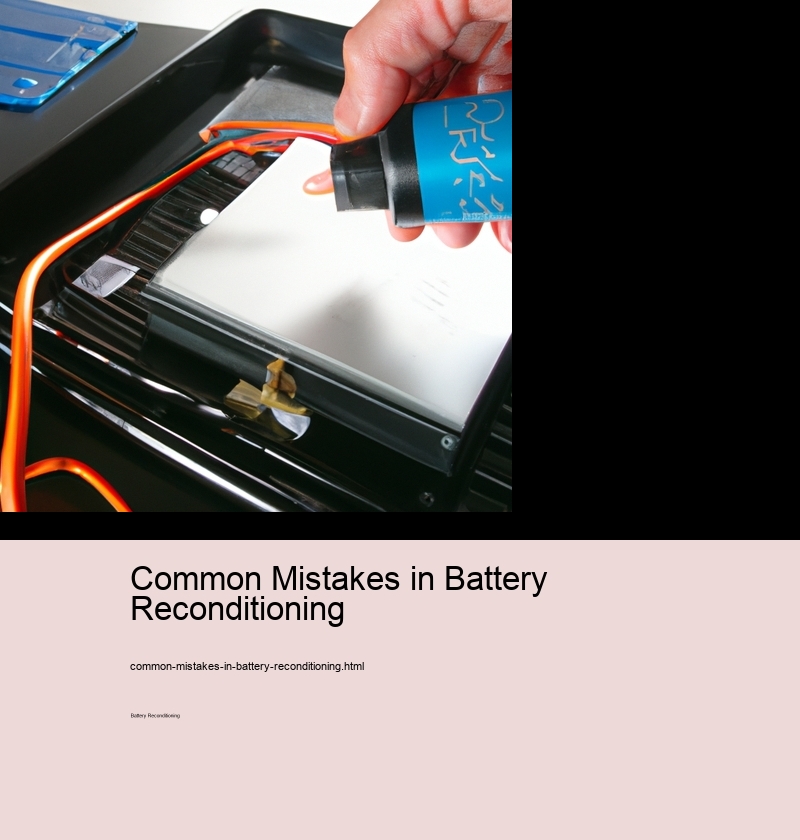Common Mistakes in Battery Reconditioning
Battery Health Monitoring
It also implies a direct financial benefit by postponing new battery purchases. Generally speaking, successful reconditioning can add several months or even years to a battery's usable life depending on these conditions. To put it short,battery conditioning not only offers an attractive option for improving performance and extending operational life but also aligns with broader sustainability goals by minimizing ecological impacts associated with disposal and production of new units.24 .
After integrating a battery conditioning protocol, they reported a 60% reduction in replacement costs over two years without compromising vehicle performance. In effect this means,while commercially available kits for home-based battery restoration present several benefits such as cost savings and environmental protection, they also carry risks that must be carefully managed.
Common Mistakes in Battery Reconditioning - Battery Desulfator Devices
- Battery Revival Techniques
- Battery Charger and Reconditioner
- Electrolyte Top-Up
- Battery Sulfation Removal
- Lead-Acid Battery Restoration
- Electrolyte Replacement
- Battery Performance Testing
- Power Tool Battery Restoration
- Lithium-Ion Battery Reconditioning
Once fully charged, let the laptop run on battery power until it shuts down due to low battery. Typically, these should be conditioned every few months depending on usage patterns and vehicle type.
Reconditioning offers a middle ground by restoring some level of battery efficiency which prolongs their usability without the immediate need for disposal. Start by checking the voltage and overall appearance of the battery.
